MV-X194 Aluminum Alloy Thermostatic Shower Panel
Model:MV-X194 Dimention:1600X200(mm) Material:Alum...
Proper sealing is crucial for preventing water leaks in a shower enclosure. Here are the key areas where sealing is typically applied:
Door Seals:
If your shower enclosure has a hinged or sliding door, it will typically feature seals along the bottom and sides of the door to prevent water from leaking out.
These seals may be made of rubber or silicone and create a watertight barrier when the door is closed.
Frame Seals:
If your shower enclosure has a framed design (such as aluminum framing around the glass panels), there should be seals or gaskets between the glass panels and the frame to prevent water from seeping through the gaps.

These seals may also be made of rubber or silicone and are essential for ensuring a tight seal.
Threshold Seals:
For walk-in or curbless shower enclosures, a threshold seal is applied along the bottom edge of the glass panels or the shower floor to prevent water from escaping onto the bathroom floor.
These seals are typically made of flexible materials like vinyl or silicone and are designed to withstand repeated exposure to water.
Grout and Caulk:
In tiled shower enclosures, grout is used to fill the gaps between tiles, while caulk is applied in corners and seams to create a waterproof barrier.
It's essential to use high-quality, mold-resistant grout and caulk to prevent water penetration and mold growth.
Periodically inspect the grout and caulk for signs of deterioration and reapply as needed to maintain the seal.
Splash Guards:
In open or partially enclosed shower enclosures, splash guards may be installed along the edges to contain water and prevent it from splashing onto adjacent surfaces.
These guards are typically made of glass, acrylic, or other waterproof materials and are secured in place with adhesive or mounting hardware.
Proper installation and maintenance of these seals are essential for ensuring a watertight shower enclosure and preventing costly water damage to surrounding walls, floors, and fixtures. Inspect the seals regularly for signs of wear or damage, and replace them promptly if needed to maintain the integrity of the seal.
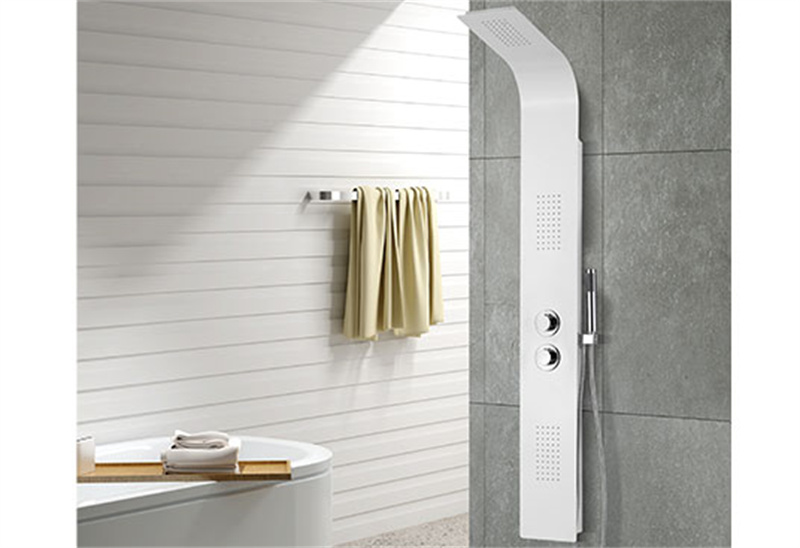
Model:MV-X194 Dimention:1600X200(mm) Material:Alum...
.jpg)
Model:MV-X193 Dimention:1600*200(mm) Material:Stai...
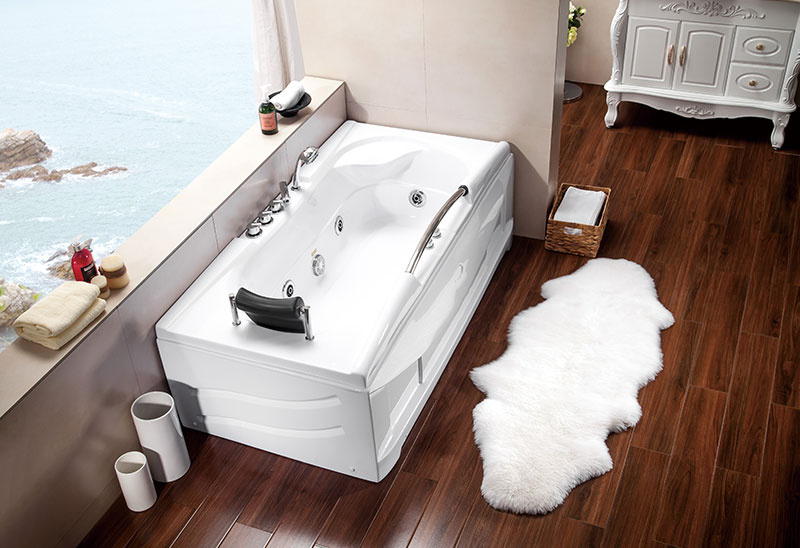
Model:A001 Dimention:1700X850X620(mm) Function: wh...

Model: A2711 80*80*190(cm) 90*90*190(cm) Profile m...
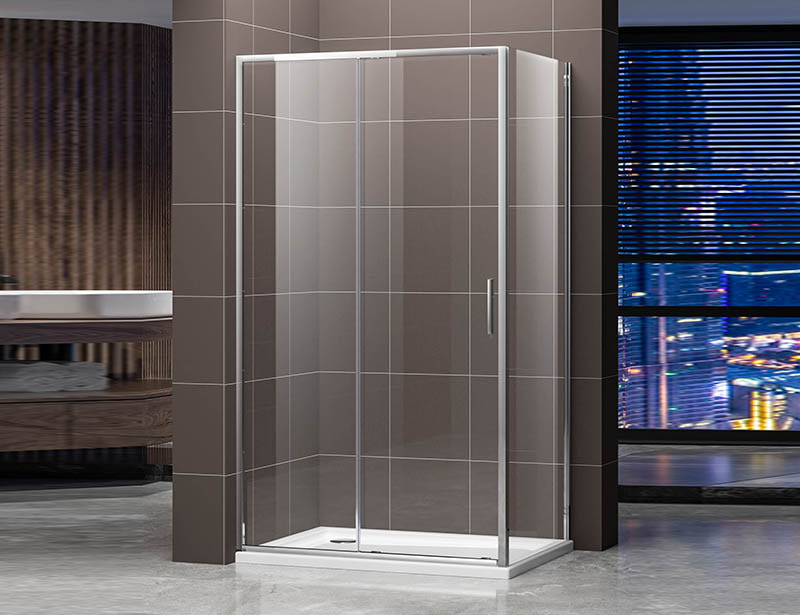
Model: A2731 80*100*190(cm) 80*120*190(cm) Profile...
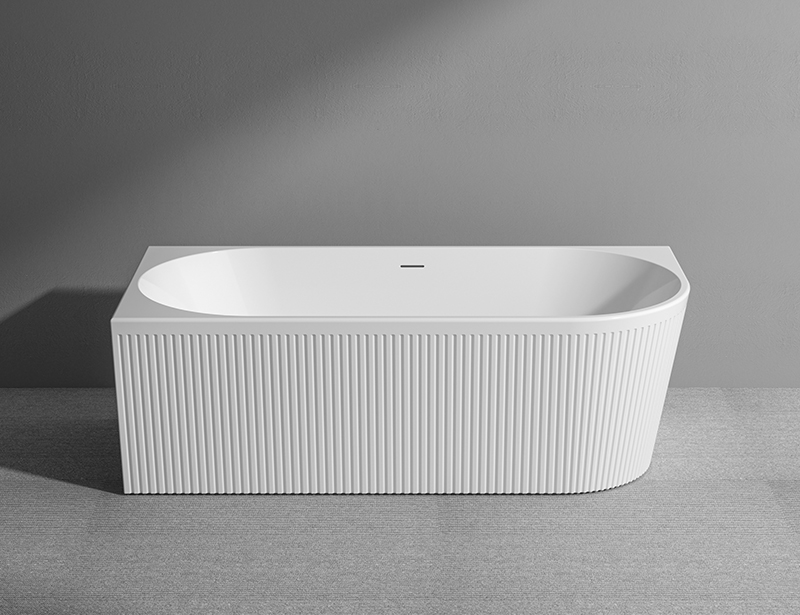
Model: MV091D Dimension: 59.1X29.5X22.8 inch / 150...
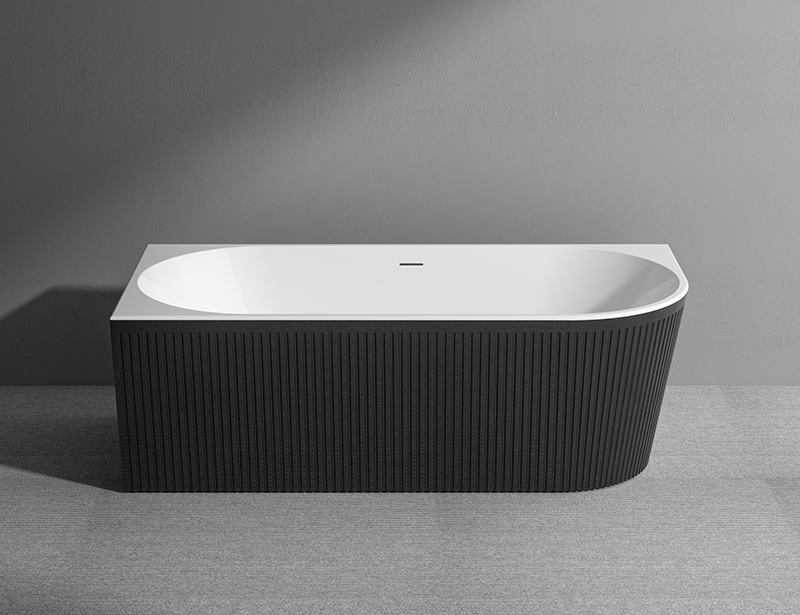
Model: MV091D Dimension: 59.1X29.5X22.8 inch / 150...

Model:MV102D White Dimension: 67X31.5X26.8 inch / ...